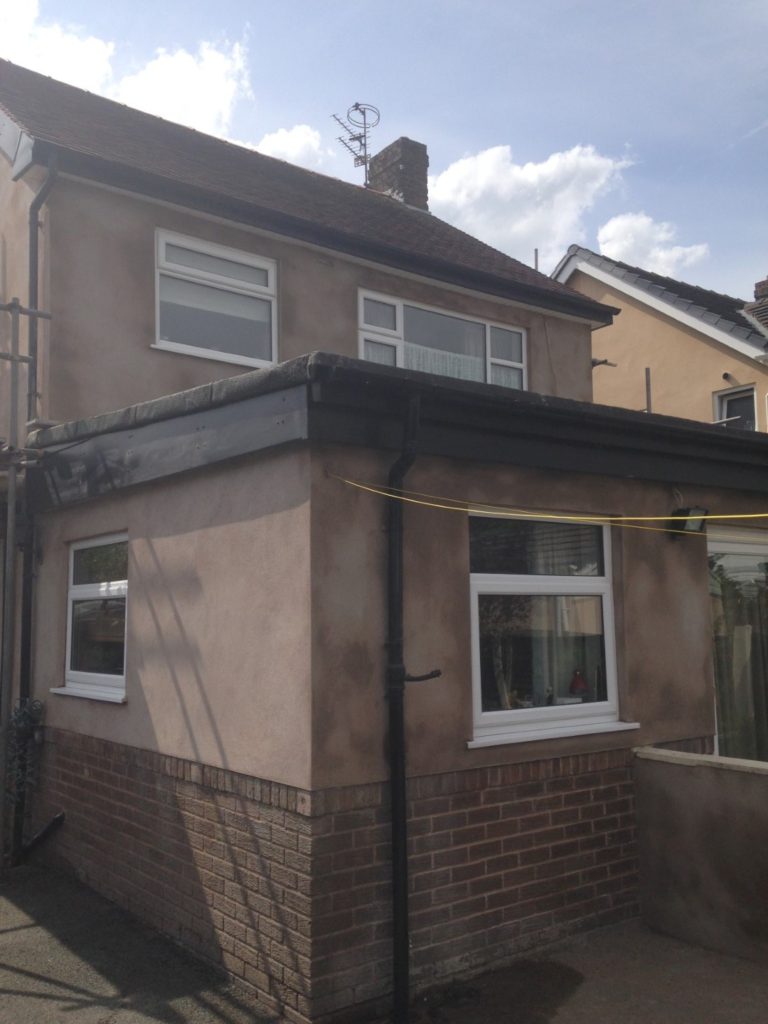Traditional rendering
Rendering is an external plastering on the outside of your home. It will protect your property from the elements and if done correctly will add value to your home. In this blog we concentrate on the older established methods.
Scratch coating
Every render finish should always have a scratch coat prior to the finished article. A scratch coat is usually sand/cement sometimes lime applied to a substrate. The purpose of the scratch coat is to give the background tooth or a key and also even out uneven brick/block work. It also helps control suction for the final pass. Sometimes mesh is needed embedded in the coat particularly around stress points like around windows . All scratch coats will have beads applied around windows / corners and dpc level. Which should be a bellcast bead to deflect rain off the render.
Plain face or flat rendering
This render finish is a flat smooth look. The finish is achieved by applying sand/cement to a scratchcoat. Then rubbing up flat with a float filling out hollows and imperfections to achieve a flat sharp finish. 184
Tyrolean
This finish is achieved by using a flicker machine or render machine. To a flat rendered wall. It leaves a stipple that is painted.
Pebbledash
Pebble dashing is a finish that is achieved by applying render to a scratchcoat. Then flicking coloured stones that stick to the wall. The colour is based on the choice of the stones.
Rough casting or wet dash
This finish is sand/cement mixed with stones then chucked at the wall evenly.
These techniques above are some of the finishes we do. We have vast experience and knowledge to produce the finish required.

